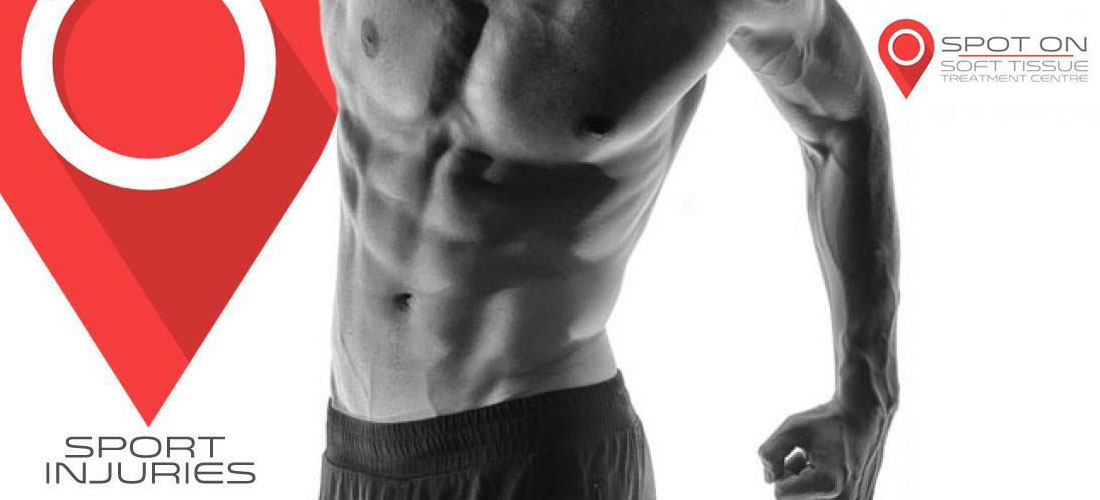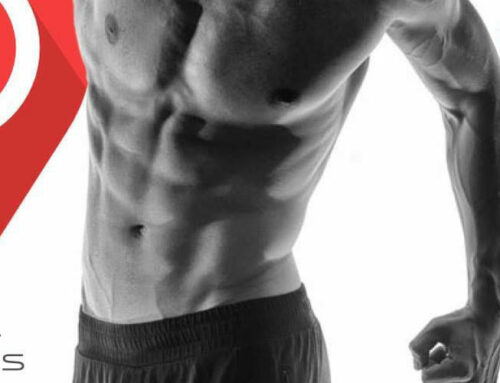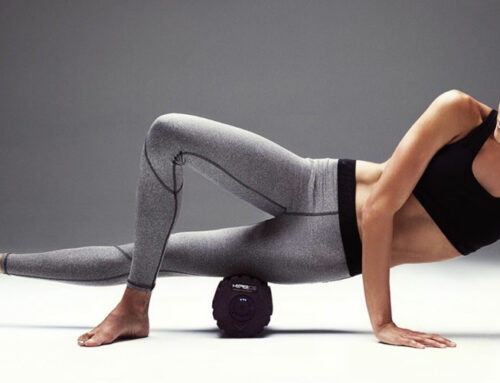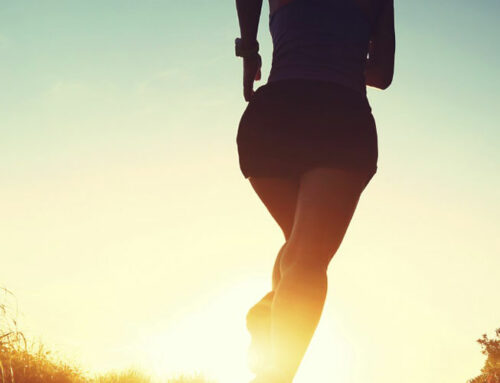Runner’s knee (Patellofemoral pain syndrome)
The symptoms: A constant ache underneath your kneecap during or after a run. The main symptom is pain just below the kneecap that usually worsens as the intensity of exercise increases.

The causes: The stress of running can cause irritation where the kneecap (patella) rests on the thighbone (femur). The resulting pain can be sharp and sudden or dull and chronic, and it may disappear while you’re running, only to return again afterward. While biomechanical issues may be to blame, the cause can often be traced back to poorly conditioned quadriceps and gluteals, and tight hamstrings. Weak gluteals aren’t able to stabilise the hip and weak quads aren’t able to support the patella, leading it to track out of alignment. Inflexible hamstrings can put pressure on the knee.
The fix: If your knee continues to hurt, don’t run. If there’s inflammation, ice it after a run and if it persists, try a course of anti-inflammatories. Long term solutions include, switching up the surfaces you run on, strengthening the muscles around the knee and making sure your running shoes are in good condition.
ITB
The symptoms: The iliotibial band (ITB) is a fibrous band that runs down the outside of the thigh from the hip to the knee. ITB syndrome (ITBS) results when this band rubs against the bone and becomes inflamed, usually where it inserts at the knee. It has been compared to the feeling of somebody stabbing you in the side of the knee when you run and the pain increases as the run goes on. This is sometimes accompanied by a clicking sensation, caused by the ITB snapping across the joint. Downhill and long, slow running tend to worsen the symptoms.
The causes: Weak hip stabilisers, running downhill and always running on the same side of the road are common culprits. These put a lot of stress on the side of the knee and cause friction between the ITB and the femur. Over time, the ITB tightens and becomes inflamed, the pain eventually intensifies to the point where it stops you from running (or walking!)

The fix: Firstly, you need to reduce pain and inflammation by icing, rest and taking an anti-inflammatory. Deep tissue massage is needed 2/3 times per week to release the tight structures – quads, hamstrings and other muscles around the knee. If you can’t afford to go for massages, use a foam roller. Avoid aggressive downhill running and be aware of road camber. Finally, strengthen your hips, quads, hamstrings and glutes, but only once the pain has subsided.
Shin splints (medial tibial stress syndrome)
The symptoms: An achy pain on the inside or outside of your lower leg, typically as a result of running too much, too soon. Small tears occur in the muscles that attach to your tibia (shin bone). If untreated, this can progress to stress fractures in the tibia.
The causes: Shin pain can most often be traced back to a sudden increase in training volume and intensity. This is why it is a common complaint in new runners and young athletes at the start of athletics or cross-country season. Combine that weakness with regular running on hard surfaces and worn-out or improper footwear and you have a recipe for disaster. The less mobile your ankle is and the tighter the muscles surrounding your shin are, the more stress there is on the entire area.
The fix: Rest, ice, and anti-inflammatories can ease the pain. Though conventional wisdom has preached calf stretching as a way to rehabilitate shinsplints, there’s little evidence to support that theory. Taping the shin with Kinesio tape can also help relieve pain. As you ease back into running, pay attention to your training. Running on soft surfaces such as trails or grass will help reduce the impact on your lower legs. Include some cross-training in your programme to strengthen core, hip stabilisers and legs muscles.
Plantar faciitis
The symptoms: Plantar fasciitis occurs when the strong band of tissue that supports the arch of your foot becomes irritated and inflamed. Plantar fasciitis commonly causes stabbing pain that usually occurs with your very first steps in the morning. The pain normally decreases as the day progresses, but it may return after long periods of standing or after getting up from a seated position. The common characteristic of this condition is a sharp, tight, painful sensation at the base of the heel that can be anywhere from annoying to excruciating.
The causes: The plantar fascia is designed to absorb the high stresses we place on our feet. But, sometimes, too much pressure damages or tears the tissues. The body’s natural response to injury is inflammation, which results in the heel pain and stiffness of plantar fasciitis. Overtraining, overuse, and improper or worn-out footwear can cause pain in your heel, but the root of the problem lies in tight and weakened muscles in the foot. If your feet are weak, the heel takes on an excessive load and can’t handle the training you are trying to do.
The fix: In the short term, avoiding bare feet, stretching and strengthening the calves, rolling your feet around on a golf ball, and icing the affected area will provide some relief. Long term, diligent stretching combined with strengthening the muscles in and around the feet will address the root of the problem and help offset a recurrence.
How to avoid injuries
Listen to your body: Don’t ignore pain, it’s telling you something isn’t right with your body. A little discomfort is OK but if you notice consistent pain in a joint or muscle that doesn’t get better with rest, see your physiotherapist for an assessment.
Warm-up and stretch: Many injuries occur as a result of restricted movement patterns. Before you run, make sure your joints and muscles are mobile by doing a quick warm up – 5min walk, squats, leg swings, ankle circles etc. Stretching the major muscle groups after a run helps restore normal muscle length and reduce post run stiffness.
Strength train: Add weight training and core exercises to your routine. This strengthens muscles and improves trunk stability.
Cross train: Mix up your fitness routine. Don’t only run. Try swimming, cycling, tennis, or some other activity. This helps prevent overuse injuries that more commonly occur when you do the same type of exercise over and over again.
Contact Jess on 081 7523324 or email jessica@spotontreatment.co.za to set up an appointment.
Physiotherapist at Spot On Treatment Centre
King’s Park Virgin Active
Durban





